Carnelian cap. Carved bone spatula. Bottle from the Ching Dynasty (19th century)
The golden age of the snuff bottle dates back to the eighteenth and nineteenth centuries.External signs of distinction, they were, at the time, both used and collected.It was during the Manchurian Dynasty of the Qing (1644 – 1911) that the art of snuff was developed, at a time when snuff became fashionable at the imperial court.It was then mixed with various essences : jasmine, mint, camphor… The custom was that when quality people met, they compared the quality of their bottles, reflecting the good taste and refinement of their owner.
Tobacco, imported from Macau and Japan at the end of the 17th century, began to be cultivated in China.Expensive and highly taxed, it is only accessible to wealthy classes who also spend large sums in snuffboxes, become objects of exception, true art of the miniature.
The interest of the snuff bottles collection is also explained by the immense diversity of its forms and materials: porcelain, ceramic, lacquer, bronze, bamboo, wood, petrified wood, ivory, bone, teeth, horn, gold, silver, tin, copper, glass, crystal, jade (nephritis or jadeite), semi precious stones, coral, amber, turquoise, galuchat and even walnut shell... To all this we must of course add the imitation of noble materials, a domain where Chinese artists have excelled !
Height : 2.6 inches


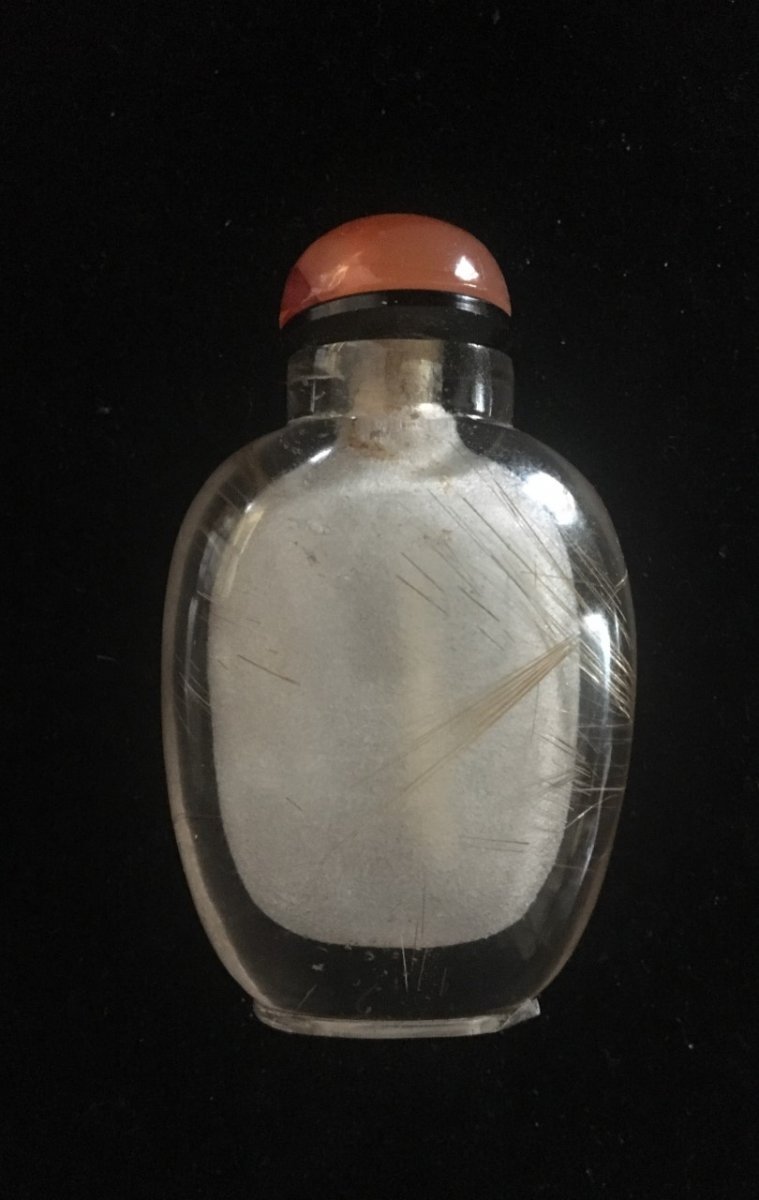
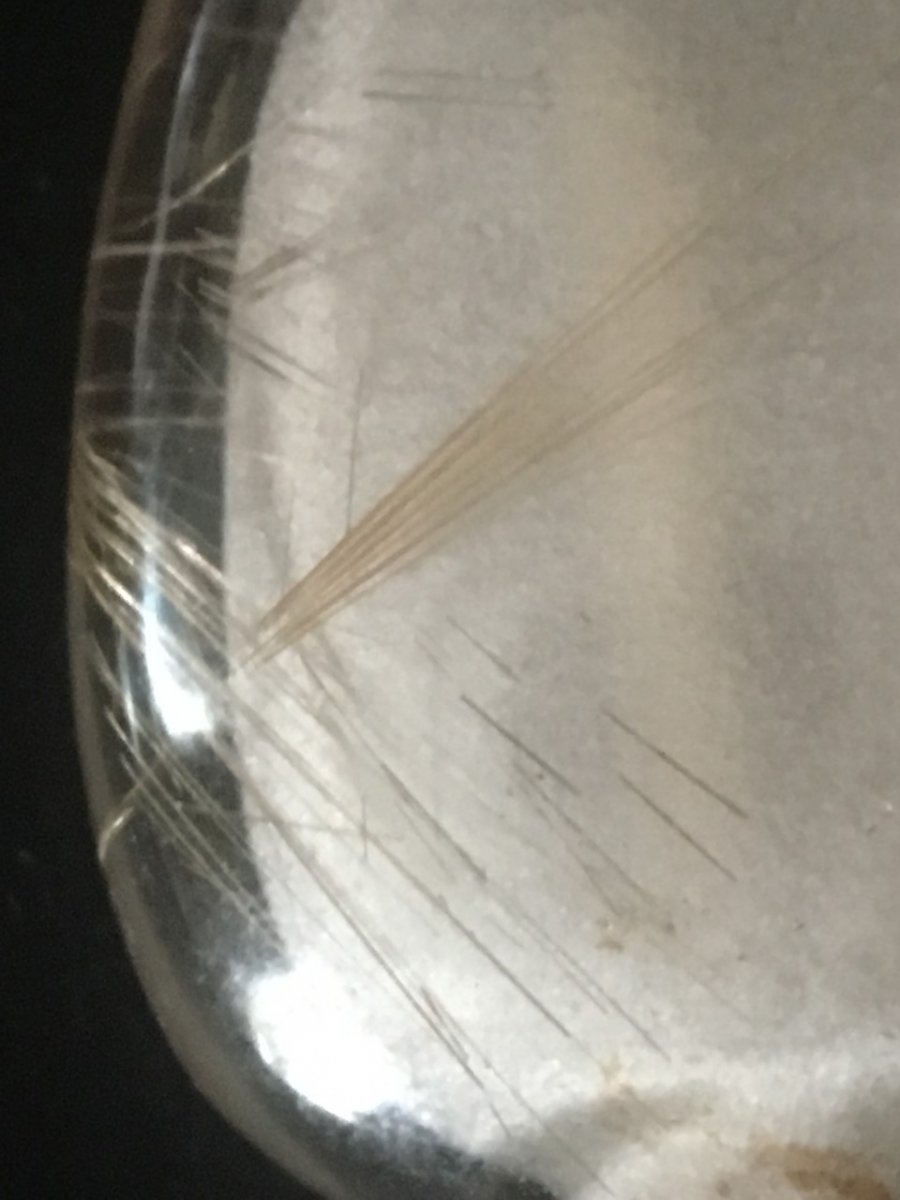
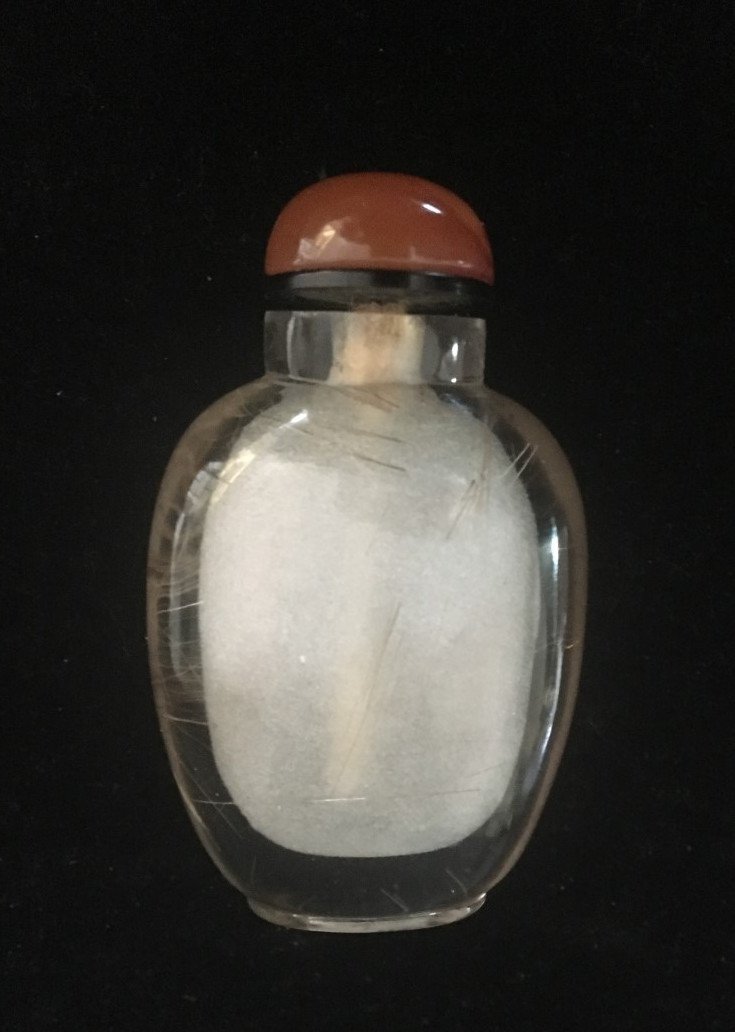






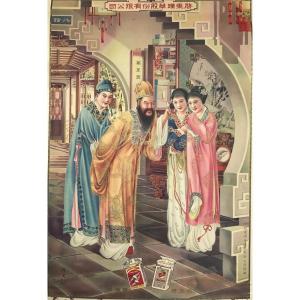
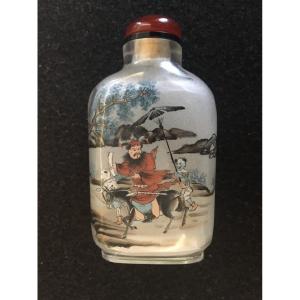
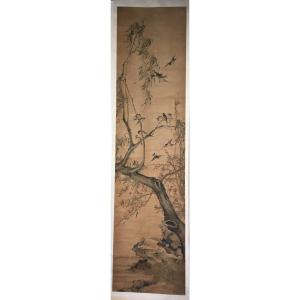

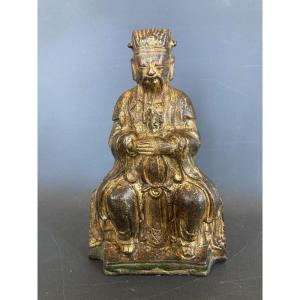
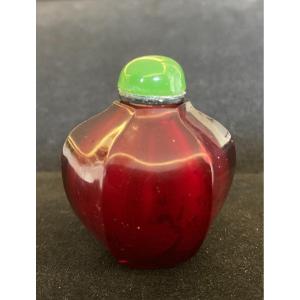
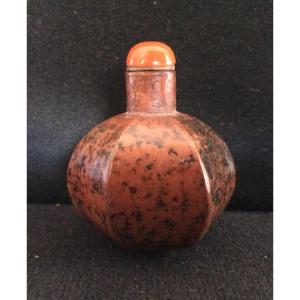
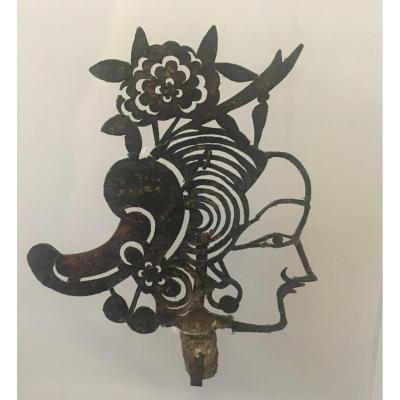



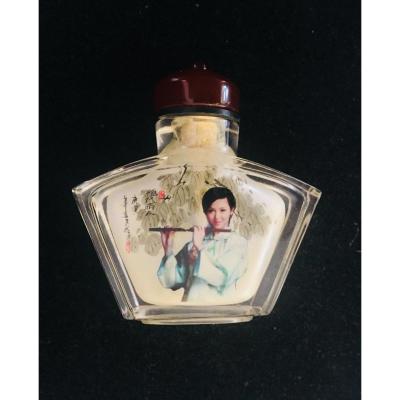
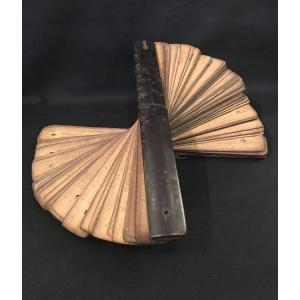
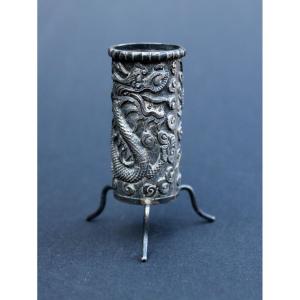


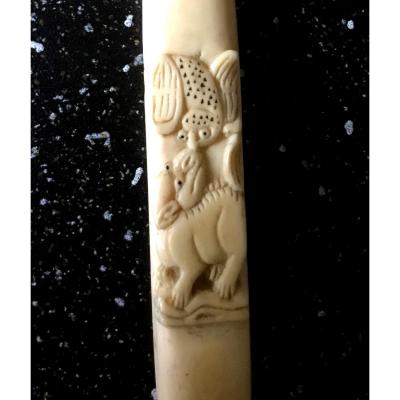



 Le Magazine de PROANTIC
Le Magazine de PROANTIC TRÉSORS Magazine
TRÉSORS Magazine Rivista Artiquariato
Rivista Artiquariato